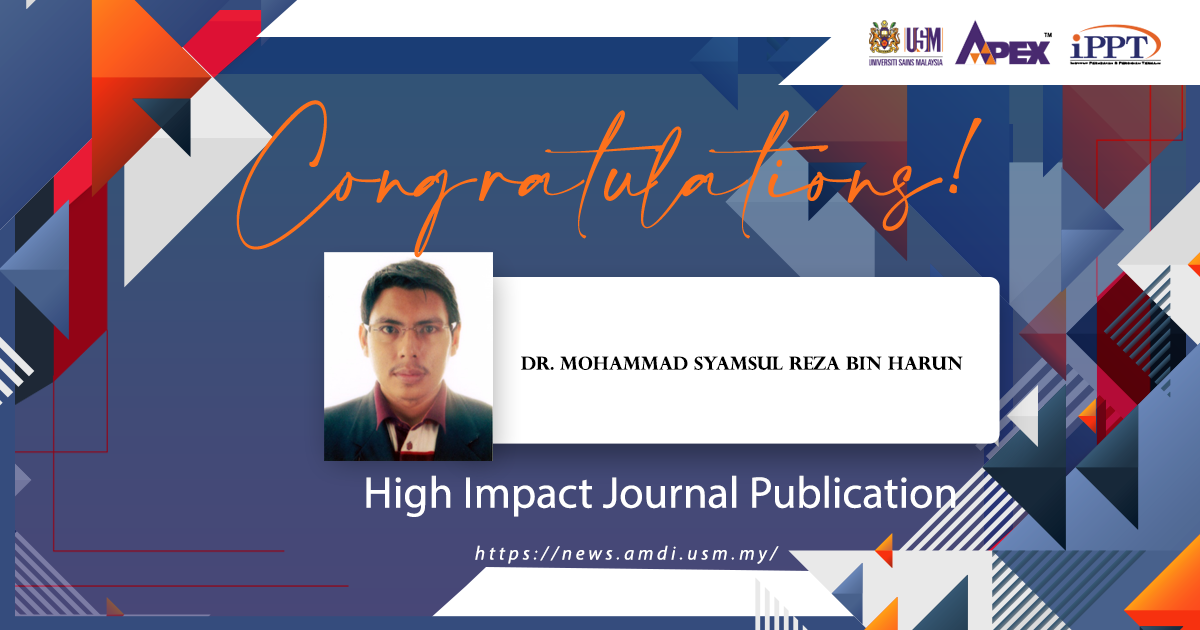Authors : Lenu B Fakae, Mohammad S R Harun, Darren Shu Jeng Ting, Harminder S Dua, Gareth W V Cave, Xing-Quan Zhu, Carl W Stevenson, Hany M Elsheikha
Title of Publication : Camellia sinensis solvent extract, epigallocatechin gallate and caffeine confer trophocidal and cysticidal effects against Acanthamoeba castellanii
Journal Name : Acta Tropica
Quartile : Q2
Impact Factor : 3.222
Link :
https://doi.org/10.1016/j.actatropica.2022.106729Description :
We examined the anti-acanthamoebic efficacy of green tea Camellia sinensis solvent extract (SE) or its chemical constituents against Acanthamoeba castellanii by using anti-trophozoite, anti-encystation, and anti-excystation assays. C. sinensis SE (625–5000 µg/mL) inhibited trophozoite replication within 24–72 h. C. sinensis SE exhibited a dose-dependent inhibition of encystation, with a marked cysticidal activity at 2500–5000 µg/mL. Two constituents of C. sinensis, namely epigallocatechin-3-gallate and caffeine, at 100 ?M and 200 ?M respectively, significantly inhibited both trophozoite replication and encystation. Cytotoxicity analysis showed that 156.25–2500 µg/mL of SE was not toxic to human corneal epithelial cells, while up to 625 µg/mL was not toxic to Madin-Darby canine kidney cells. This study shows the anti-acanthamoebic potential of C. sinensis SE against A. castellanii trophozoites and cysts. Pre-clinical studies are required to elucidate the in vivo efficacy and safety of C. sinensis SE.


